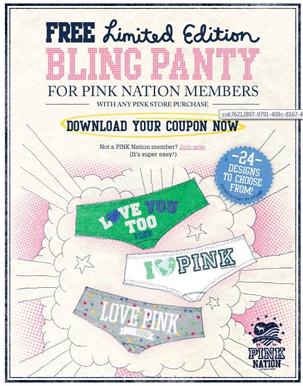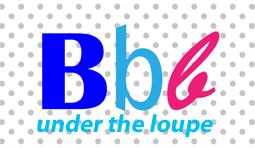
For Pink Nation members, any pink store purchase will earn you a free limited edition bling panty during checkout. If you love to shop, you'll love to select your freebie from the 24 different adorable designs Victoria's Secret has to offer! Offer is valid only through June 15, 2009… so don't hesitate!
 As a former diamond buyer, I've been asked this question many times, worded in different ways: "Which of the four-C's is least important when buying a diamond?" My answer to this question? Color.
As a former diamond buyer, I've been asked this question many times, worded in different ways: "Which of the four-C's is least important when buying a diamond?" My answer to this question? Color.